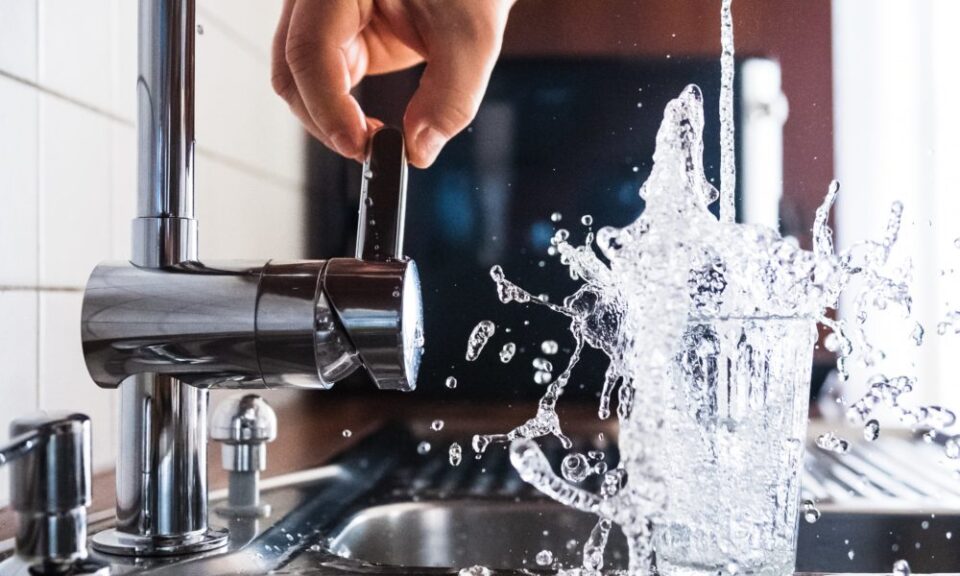The charm and character of vintage architecture are unmatched. However, with an older home often comes an aging plumbing system that requires extra care and maintenance. If you want to keep your old house’s pipes and fixtures working properly for years to come, follow these tips for maintaining a well-functioning plumbing system.
Inspect and update plumbing fixtures
The best thing you do is inspect all faucets, showerheads, and toilets for leaks and damage. Dripping faucets and showerheads waste water and increase your utility bills. Running toilets also excessively use water. Replacing worn washers, gaskets, and flappers fix minor leaks. However, extensively damaged or corroded fixtures may need to be fully replaced when replacing plumbing fixtures, look for water-efficient models. Low-flow showerheads, faucet aerators, and dual-flush toilets conserve water. Your local plumbing service selects suitable replacement fixtures that work with your home’s plumbing system. Installing updated fixtures improves functionality and preserves vintage charm.
Check supply lines
Inspect all water supply lines for problems. Galvanized steel pipes corrode and accumulate mineral deposits over time that restricts water flow. Copper and lead pipes also develop pinhole leaks from corrosion. If your home still has lead pipes, make replacing them a top priority. Lead exposure from contaminated water poses serious health risks. Plastic PEX and PVC pipes have largely replaced galvanized steel and copper piping in modern plumbing systems. Consider replacing corroded old supply lines with PEX or PVC. Contact qualified plumbers to reroute pipes and install new supply lines properly.
Upgrade outdate drain pipes
Old drainpipes crack, clog, or disconnect at joints from ground settling and roots over many years. Tree roots seek water sources and infiltrate clay pipes or corroded sections. Poor drainage and backed-up sewer lines signal problems underground. A plumber snake clogged drains, but complete drain line replacement may ultimately be necessary. Replacing deteriorated drain lines with smooth PVC eliminates root intrusion and restores proper drainage. Depending on your home’s plumber Eastern Suburbs layout, drain line replacement may require trenching or rerouting. A professional plumber has the expertise to upgrade drain lines in the least disruptive manner.
Watch for signs of leaks
Keep an eye out for wet spots on walls and ceilings, which signal hidden leaks. Mold or mildew near plumbing fixtures also indicates water intrusion. Don’t dismiss small leaks – they allow mold to develop and cause structural damage over time. Inspect outdoor faucets, water supply lines, and drainage pipes for tiny cracks. Leaks often grow worse in winter when pipes freeze and thaw. Prevent leaks from escalating into major pipe bursts by repairing minor leaks promptly.
Know where shutoff valves are
Make sure shutoff valves for plumbing fixtures are fully functional, even if you rarely use them. Shutoff valves allow you to turn off water to a single fixture for repairs. Closing shutoffs limits damage from leaks or burst pipes. Tag shutoff valves to identify which fixtures they control. If valves become stiff, have a plumber service them before corrosion prevents closing them during an emergency. Keep a shutoff wrench handy to easily turn valves off.

